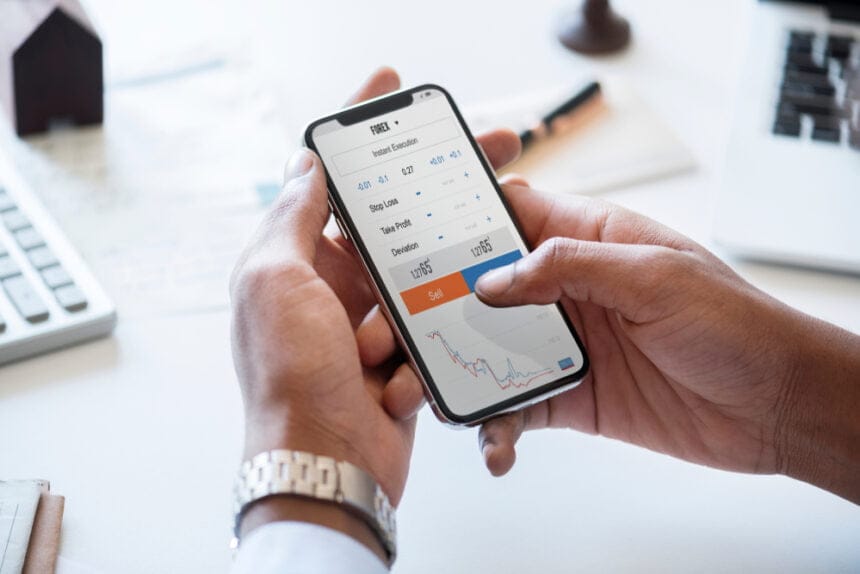The field of academia is more dependent on big data than ever before. Educational institutions reportedly spent over $13 billion on big data in 2020. Expenditures on big data in academia are projected to be worth over $57 billion by 2030.
As colleges and other educational institutions invest more heavily in big data, they are going to take advantage of different forms of technology that help them leverage it more effectively. QR codes are among the tools that colleges will use to take advantage of big data technology in the future.
QR codes are game changer for educational institutions relying on big data
QR codes are increasingly becoming an important part of the digital world. We already mentioned that they can play an important role in data-driven marketing strategies. They are used to store and transfer data quickly and securely, which makes them ideal for big data applications. With the help of QR codes, businesses can track customer behavior, analyze trends, and make better decisions based on the data gathered. Furthermore, they can also be used to collect customer feedback in real-time. By leveraging big data through QR codes, businesses can gain valuable insights into their customers’ preferences and needs.
At first glance, QR codes do not seem to help with big data applications. They can only store around 3,000 bytes of data. However, this data can be very important it is easily transferred to other storage centers. Therefore, a growing number of industries are using QR codes to facilitate projects that rely on big data technology.
QR codes can be especially useful for educational institutions trying to rely on big data. There are many amazing applications.
In the digital age, QR codes have become a versatile tool with numerous applications, so many organizations that relied on big data are taking advantage of them. In this article, we will explore the innovative ways QR codes, including the telegram qr code generator, are utilized in the field of education and training. From interactive learning experiences to personalized tracking and statistics, QR codes offer immense potential for enhancing educational practices.
Enhancing Learning with QR Codes
QR codes provide educators with a powerful tool to engage and interact with learners by leveraging data analytics more effectively. Here are some ways QR codes can be effectively used in the sphere of education and training:
Interactive Assignments: Teachers can create QR codes that link to additional learning resources, such as videos, articles, or interactive quizzes. Students can scan the codes using their smartphones or tablets to access the supplementary materials and deepen their understanding of the subject.
Virtual Field Trips: Edutopia reports that virtual field trips are making a big difference in education. They are one of the most innovative ways that schools are leveraging big data and other forms of digital technology. QR codes can transport students to virtual field trips by linking to 360-degree images, virtual reality experiences, or guided tours. This allows learners to explore historical sites, museums, or natural wonders from the comfort of their classrooms, making education more immersive and engaging.
Access to Digital Portfolios: QR codes can be used to provide quick access to students’
digital portfolios. By linking the code to an online platform, teachers, parents, and potential employers can easily view students’ work, including projects, artwork, and achievements, fostering a sense of pride and motivation.
Instant Feedback and Assessments: QR codes can enable students to receive immediate feedback on their assignments or assessments. By embedding the correct answers within the QR code, students can scan it and compare their responses, promoting self-assessment and identifying areas for improvement.
Tracking Statistics and Personalization
The use of QR codes in education and training goes beyond interactive learning experiences. They also offer valuable opportunities for tracking statistics and personalization. Here’s how:
- Attendance Tracking: QR codes can streamline attendance tracking by allowing students to scan a code upon entering the classroom. This eliminates the need for manual attendance records and enables accurate and efficient tracking.
- Assessment and Progress Tracking: By integrating QR codes into assessment materials, teachers can easily collect data on students’ performance and progress. This data can be used to identify areas of strength and weakness, tailor instruction to individual needs, and provide targeted feedback.
- Personalized Learning Paths: QR codes can be used to create personalized learning paths for students. By linking codes to specific learning resources or assignments based on individual learning styles or interests, educators can provide customized learning experiences that cater to the unique needs of each student.
In conclusion, QR codes have revolutionized education and training by providing interactive and personalized learning experiences. With the telegram qr code generator, such as ME-QR, educators can easily create effective QR codes to enhance the educational journey. From interactive assignments to virtual field trips, QR codes engage students and expand their knowledge. Additionally, QR codes enable efficient attendance tracking, assessment monitoring, and personalized learning paths. By harnessing the power of QR codes, educators can transform traditional education into a dynamic and engaging process, catering to the diverse needs of learners.
QR codes help educational facilities that are trying to leverage big data
A growing number of colleges are trying to find new ways to take advantage of big data technology. QR codes give them a number of advantages that they wouldn’t otherwise be able to take advantage of.






